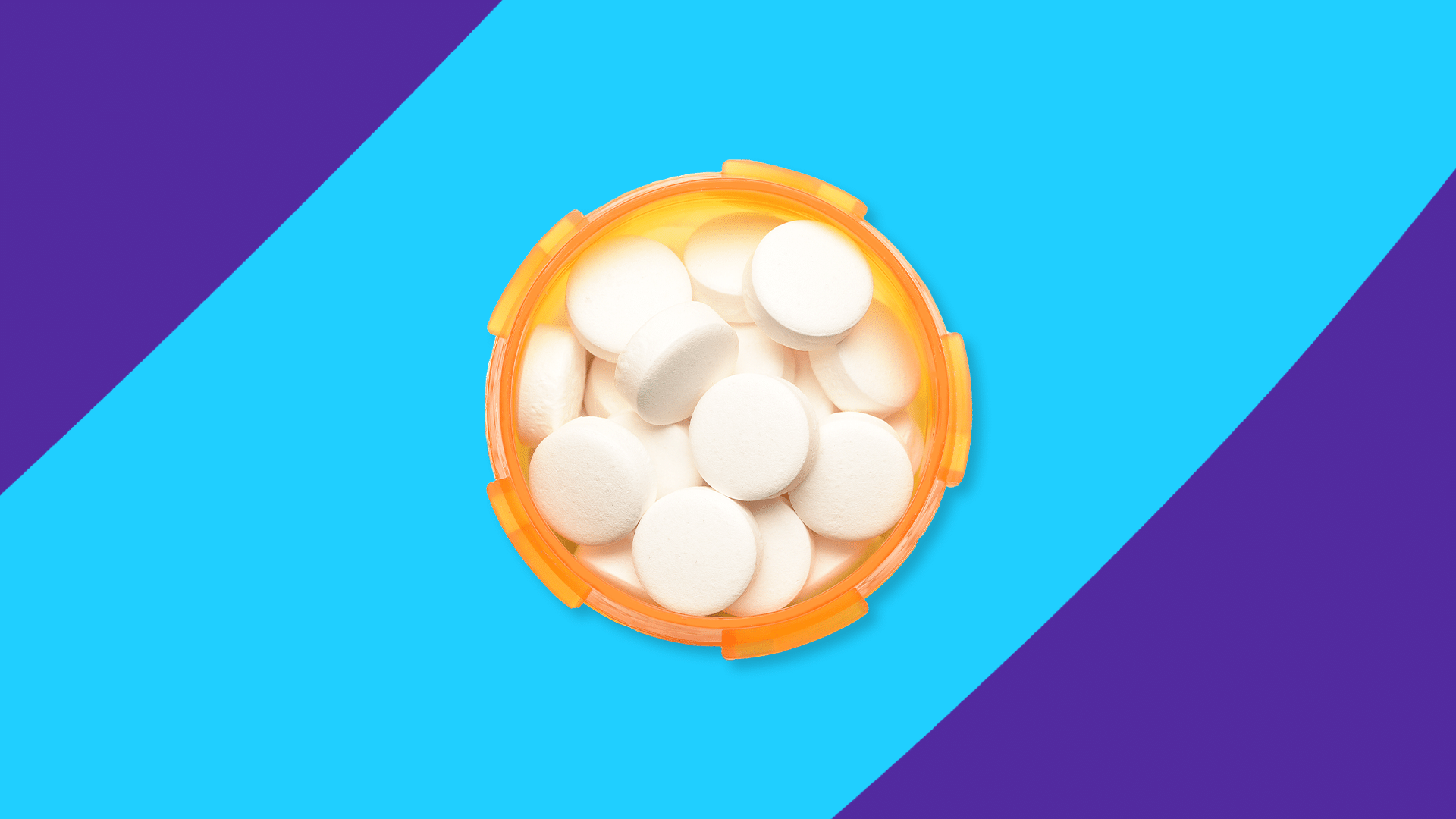Is Lantus covered by insurance | How much does Lantus cost without insurance? | How to get Lantus without insurance
Lantus (insulin glargine) is a brand-name long-acting insulin that helps control blood sugar levels in people with Type 1 or Type 2 diabetes mellitus. Long-acting insulins are a critical part of blood glucose control. As a basal insulin, they help control blood sugar throughout the day while fast-acting or short-acting (prandial) insulins help manage blood sugar spikes after eating.
Lantus is taken as a subcutaneous injection once per day at the same time each day. Doses will vary. Lantus is an expensive insulin, but insulin glargine can be purchased as a generic. There are no long-acting insulins that can be purchased without a prescription, but FDA-approved over-the-counter intermediate-acting insulin can be purchased as a basal insulin at Walmart.
RELATED: Lantus side effects |Blood glucose levels
Is Lantus covered by insurance?
Most insurance and Medicare Part D plans cover a Lantus prescription. Many Medicare Part D recipients pay $50 or less, but those who qualify for Medicare Low Income Subsidy may pay less than $10 for a one-month supply of Lantus. The cost is even lower for those who receive Medicaid.
How much does Lantus cost without insurance?
People without insurance coverage will usually pay the full cash price for Lantus, about $357.62 for one 10 mL vial containing 1000 units of insulin glargine. The monthly cost will depend on the dosage prescribed. A dosage of 10 units a day will cost $108 per month, but at 80 units a day, Lantus will cost about $858 per month when purchased in a vial or $853 when purchased as Solostar injection pens. For some people, daily dosages could exceed 100 units per day.
Insulin glargine, however, is available under other brand names and as a generic. Price comparisons are difficult because not all insulin products are sold in the same amount or concentration. Based on the price per 100 units, generic insulin glargine and at least one other brand-name version, Basaglar, can be purchased at a significant discount compared to Lantus. Other brand-name versions of insulin glargine, Semglee and Toujeo, are slightly more expensive. Two other long-acting insulins can be substituted for Lantus: Levemir (insulin detemir) and Tresiba (insulin degludec). Both, however, retail for a higher price than Lantus.
Compare Lantus prices to related drugs |
|||
|---|---|---|---|
| Drug name | Price without insurance | SingleCare price | Savings options |
| Insulin glargine | |||
| Lantus (insulin glargine) |
$357.62 1, 10 mL of 100 unit/mL solution vial |
$28.75 3, 3 mL of 100 unit/mL solution pen injectors |
See updated prices |
| Basaglar (insulin glargine) |
$84.20 1, 3 mL of 100 unit/mL solution pen injector |
$66.02 1, 3 mL of 100 unit/mL solution pen injector |
See updated prices |
| Toujeo SoloStar (insulin glargine) |
$561.07 3, 1.5 mL of 300 units/mL solution pen injector |
$286.28 3, 1.5 mL of 300 unit/mL solution pen injector |
See updated prices |
| Semglee (insulin glargine) |
$535.65 3, 3mL of 100 unit/mL solution pen injector |
$28.75 3, 3 mL of 100 unit/mL solution pen injectors |
See updated prices |
| Other long-acting insulins | |||
| Levemir (insulin detemir) |
$112.53 1, 3 mL of 100 unit/mL solution pen injector |
$64.50 1, 3 mL of 100 unit/mL solution pen injector |
See updated prices |
| Tresiba (insulin degludec) |
$506.21 1, 10 mL of 100 unit/mL solution vial |
$268.02 1, 10 mL of 100 unit/mL solution vial |
See updated Prices |
Prescription drug prices often change. These are the most accurate medication prices at the time of publishing.
How to get Lantus without insurance
Insulin is a life-saving drug but can be difficult to pay for month after month without insurance. Many pharmaceutical companies offer manufacturer coupons or patient assistance programs, but not everyone will be eligible. There are ways to save money on insulin, however, starting with a SingleCare savings card.
1. Use a SingleCare savings card
A discount card from SingleCare can reduce the cost of Lantus from $35 per 100 units to $22 per 100 units, a 33% discount. The discount price, however, will vary by pharmacy, so a Lantus coupon can be selected by a local pharmacy or best price.
2. Shop for a health insurance policy
Insulin treatment is usually a lifelong and expensive project. Paying for health insurance that has a reasonable deductible is often the best way to pay for insulin. The best place to start shopping for health insurance is your state’s online health insurance marketplace.
3. Sign up for Medicaid or CHIP
If you qualify for Medicaid or your child qualifies for the Children’s Health Insurance Program, a Lantus monthly prescription will cost only a few dollars per month no matter how much insulin is needed. Both are government-administered and have income eligibility requirements, but these requirements have been loosened in recent years. Call your state’s health department or visit your state’s Medicaid website to get additional information.
4. Ask the prescriber about patient assistance
The prescribing healthcare provider could help you enroll in the Sanofi Aventis insulin patient assistance program. Restrictions apply, but eligible patients will only pay $99 for a monthly supply of Sanofi insulin.
5. Ask the prescriber about generic Lantus
Substituting generic insulin glargine for Lantus could cut the monthly cost by two-thirds, from $35 per 100 units to $13 per 100 units. Combined with a SingleCare discount card, generic insulin glargine could be purchased for as little as $9 per 100 units.
6. Switch to non-prescription insulin
Ask a healthcare professional for medical advice about substituting an intermediate-acting insulin for long-acting Lantus. It may not be appropriate for some people, and the switch to a different type of insulin will require more daily doses.











